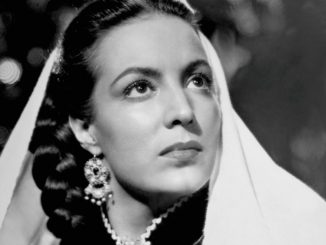
How Emilio Fernández’s Classic ‘Enamorada’ Boosted Mexican Cinema
“It was possible to create a Mexican cinema with our own actors and our own stories, without having to photograph gringos.” […]

“It was possible to create a Mexican cinema with our own actors and our own stories, without having to photograph gringos.” […]
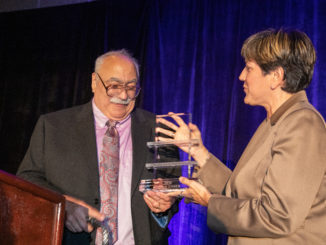
“I’m an editor at heart.” […]

“It feels like the old Veronica, but a very adult Veronica…a darker, grown up Veronica,” Bost says. […]
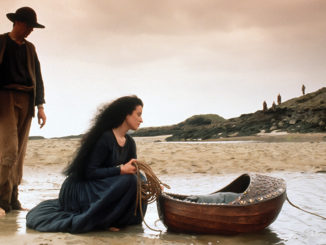
Since making his first independent film, “The Return of the Secaucus Seven,” Sayles has established a unique relationship with the industry. […]

“Watching ‘Lost’ was one of the reasons I wanted to get into audio post production.” […]

“Growing up, I always dreamt of seeing a Latina heroine on TV or in the movies.” […]
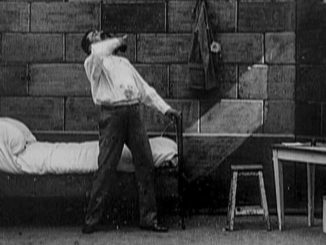
By the time film pioneer Georges Méliès made this only slightly exaggerated claim, the making and exhibition of narrative film was establishing itself as a business separate from the variety stage and lecture circuit. As more people visited storefront theatres to see moving picture stories, they watched the art and craft of editing evolving on screens right before their eyes. […]

“I read scripts submitted for consideration, providing a synopsis and my analysis of whether they are a good bet for the studio — the pros and cons of premise, character, storyline, dialogue, etc.” […]

“I always loved the challenge of creating emotion, blending photography and telling stories within a single image. With a college degree in photojournalism and art, I started photography freelancing with the Minnesota North Stars (now Dallas Stars) pro hockey team.” […]
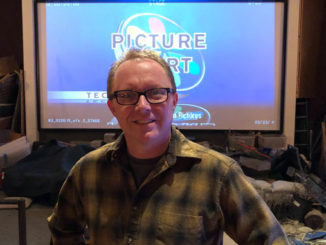
“As a Foley artist creating sound effects on a sound stage, I am responsible for bringing a natural human element to a sound track by re-creating the movements of characters as seen on screen: footsteps, clothes, props, etc.” […]
©2016-2025 Motion Picture Editors Guild